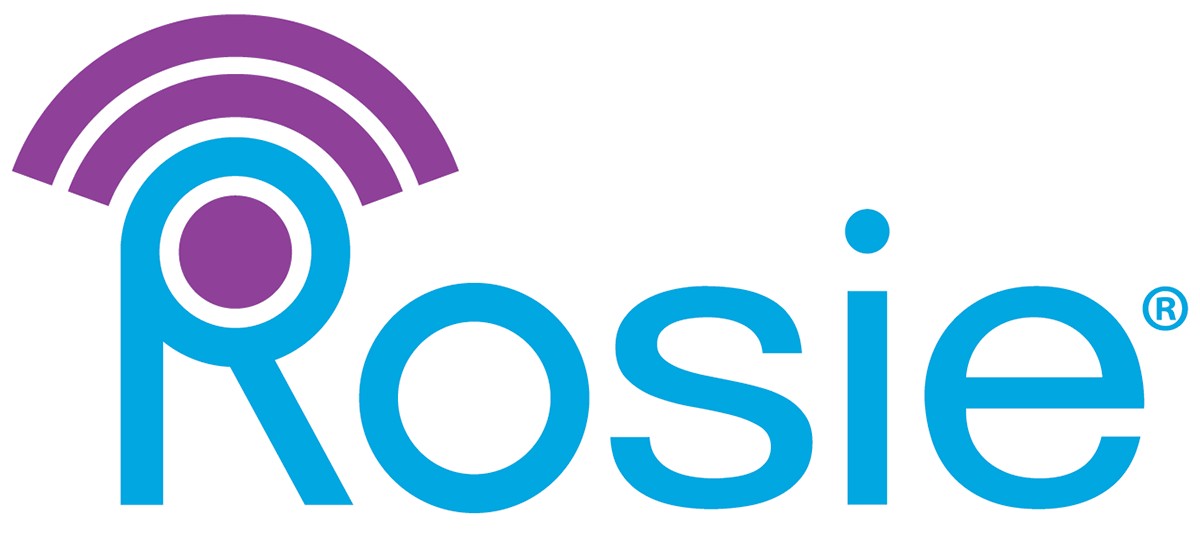What Are Vital Signs and How Are They Measured?
When it comes to caring for your patients, your nurses and staff rely on a number of vital sign measurements. Data on these vital signs should be accurate and up to date.
What Are Vital Signs?
Vital signs are measurements of basic bodily functions, such as your pulse or rate of breathing (respiration rate). They are essential to monitoring patients’ health.
Types of Vital Signs
There are four main types of vital signs your nurses and staff will monitor. These include:
- Body Temperature: The internal temperature of the body.
- Heart Rate: The number of times the heart beats per minute.
- Blood Pressure: The pressure of blood against artery walls.
- Respiration Rate: The number of breaths taken per minute.
Each of these have normal rates. If a patient’s vital signs deviate from the norm, it means something is probably wrong.
Importance of Measuring Vital Signs Accurately
Naturally, vital sign measurements should be as accurate and complete as possible. If any of a patient’s vital signs fall outside of acceptable ranges, immediate action may be required, so this isn’t an area where you can afford to have imprecise or incomplete data.
Unfortunately, errors are somewhat common. In one study, a sample of over 28 million vital sign measurements showed various issues, including:
- Gaps greater than 70 minutes between measurements in over 30% of vital sign days.
- Logical inconsistencies in 3% to 10% of blood pressure measurements.
- One or more statistical outliers in 15% to 38% of vital sign days.
These kinds of errors can be combatted by optimizing sampling frequencies and improving tools and practices within your facility.
Methods for Taking Vital Signs
Various methods are used for taking vital signs. Some may be done by hand, but advanced tools can increase accuracy.
Body Temperature
Body temperature is often taken with a specialized oral thermometer. Normal body temperature is typically between 97.8°F and 99°F (36.5°C to 37.2°C).
Heart Rate
An approximate heart rate measurement can be taken by feeling the pulse at a prominent vein and timing out a minute. Electronic tools will usually give you a more precise measurement, however. An average heart rate will usually range between 60 and 100 BPM (beats per minute).
Blood Pressure
As your heart pumps blood through your bloodstream, it puts pressure on your arteries. Blood pressure is measured using two figures:
- Systolic pressure: The pressure as your heart contracts.
- Diastolic pressure: Pressure when your heart is at rest.
Systolic/diastolic blood pressure should be below 120/80. Blood pressure is frequently measured with an aneroid monitor, though digital monitors are also used for automatic measurements.
Respiration Rate
The number of breaths you take per minute is your respiration rate. When at rest, this is usually 12 to 16 breaths per minute.
Modern Vital Tracking Solutions
Traditional tools can be useful for taking measurements, but they are also frequently slow and imprecise. Automatic electronic methods are not only easier to use, but also result in more consistently accurate data.
For instance, one study found that if patient healthcare records are only partially electronic, they tend to be less complete and current. Fully electronic records are much more reliable.
Automatic tools—such as Rosie’s automated vital monitors—can eliminate the risk of transcription errors and delayed measurements since they collect and store data 70% faster than manual methods.
Frequent Questions About Vital Sign Readings
Some frequent questions about vital signs include the following:
Vital signs help you keep a close eye on a patient’s condition. If a vital sign measurement falls outside of acceptable parameters, it means something is wrong.
What factors affect vital signs?
Age, weight, sex, exercise, diet, and various health conditions can all affect vital signs.
What are baseline vital signs?
Baseline vital signs are those that represent an average human being at rest. When vital signs depart from the norm, it may indicate a pressing health issue.
What is the importance of tools used for taking vital signs?
The best tools take more precise measurements, and some even do so automatically. This makes your data much more reliable and improves response times to emergencies.
Efficient and Effective Vitals Monitoring Solutions
For efficient and effective vital sign monitoring solutions, Rosie offers a range of electronic tools with automatic EHR connectivity. To learn more about the quick and reliable tools on offer, contact Rosie today.
